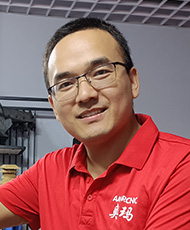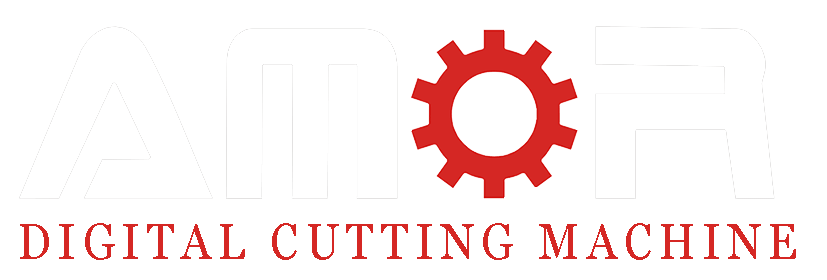Pneumatic Oscillating Cutting Tool (POT)
The amplitude of pneumatic oscillation tools is relatively large, and it is more advantageous in processing materials with large thickness, high flexibility, and high elasticity, such as sponge, pearl cotton, foam board, EVA and other foam materials. Of course, the pneumatic knife cutting process is very flexible, and even tougher thin materials, such as thin wood boards, leather, ABS plastic boards, rubber boards, insoles, etc., can be easily cut.

How does POT work?
- large amplitude
The compressed air drives the blade to vibrate up and down at high frequency to cut materials, with an amplitude of up to 10mm. It is especially suitable for cutting thick materials, and the cutting thickness can reach more than 120mm with the blade. - low noise
The interior of the flexible pneumatic knife adopts high-strength precision gear transmission, which has low noise, low vibration and high durability. - Replaceable blade holder
The pneumatic cutter head can easily replace the blade holders of different specifications and match the blades of different specifications to achieve sponge cutting of different thicknesses.

What are the cutting advantages of POT?
- Good cutting quality
The pneumatic knife adopts blade type cutting. The cutting process is clean, smokeless, odorless and pollution-free, with no blackening, smooth edges and no burrs. The cutting product has good quality, smooth edges and no debris. - Fast cutting speed
The compressed air drives the blade to reciprocate quickly to cut the material. The cutting speed is fast, which helps manufacturers improve production efficiency. - High cutting accuracy
The size of the cutting pieces is precise and moves according to the path issued by the system. It has a high-precision cutting function, which can achieve precise cutting of various shapes and restore the graphic outline to the greatest extent.
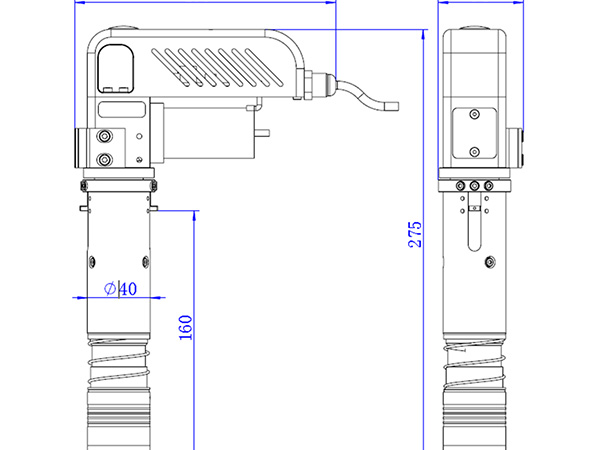
Electric Oscillating Cutting Tool (EOT)
The motor drives the cutter to reciprocate at high speed to cut the material. The vibrating knife adopts an up-and-down vibration cutting method and rotates the blade angle to achieve cutting of any shape.
3 types of EOT
1. Conventional vibrating knife
Different vibrating knives have different cutting capabilities and cutting thickness ranges. The 120W standard vibrating knife is driven by a direct brushless motor with an amplitude of 1mm and a vibration frequency of up to 20,000 times per minute, which can quickly cut medium densities and thicknesses.

2. Medium power oscillating knife
It adopts a 200W independent motor drive with an amplitude of 1-3mm, which can achieve cutting of medium-density materials of 1-24mm, and is suitable for customers with variable cutting thickness.
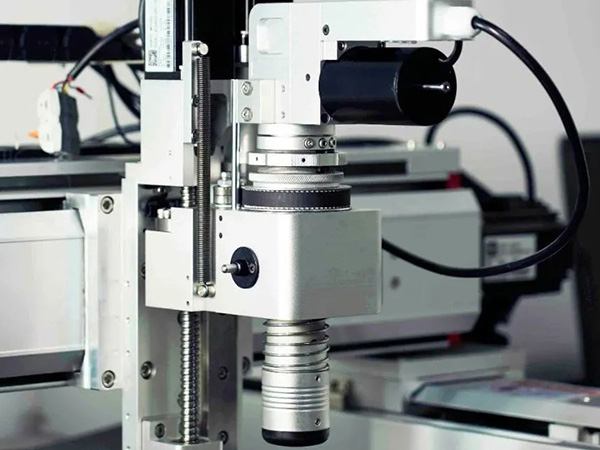
3. High-power servo vibrating knife
400W servo-driven vibrating knife, amplitude 5mm, vibration frequency 4000-8000 per minute, used for cutting harder materials. The installation position of the motor adopts an air groove heat dissipation design, which can reduce the operating temperature of the motor when working with a large load, protect the motor, and avoid damage to the motor caused by excessive temperature.
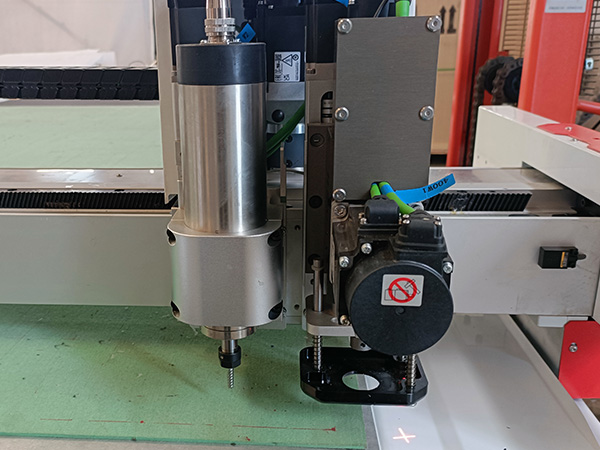
Comparison between POT and EOT:
- Differences in processing methods
The pneumatic oscillating knife uses compressed air to drive the blade to vibrate up and down at high frequency to cut the material. The amplitude of the pneumatic oscillating knife is relatively large, up to about 10mm, but the frequency of the pneumatic oscillating knife is slightly slower, with a maximum frequency of about 8,000 times per minute. The electric vibrating knife uses a motor to drive the blade to vibrate. Compared with the pneumatic vibrating knife, the amplitude of the electric vibrating knife is relatively small, ranging from 1 to 5 mm, but the vibration frequency is higher, up to more than 20,000 times per minute. It can meet the processing of materials with different hardness and thickness.
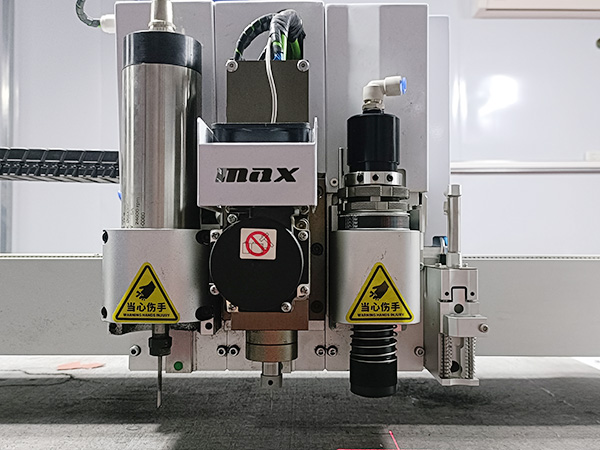
- Differences in usage costs
In addition to the different driving methods, another difference between POT and EOT is the cost of use. In addition to the cutting tool, pneumatic oscillating tools also need to be equipped with a 9-11KW air compressor, which is the purchase cost. In terms of usage costs, the daily electricity consumption of the air compressor of the pneumatic vibrating knife will be higher than that of the electric vibrating knife, so the long-term use cost will also be higher.

- Different application fields
Pneumatic oscillating tools are more suitable for cutting flexible materials with large thickness, high flexibility, and high elasticity, such as sponges, foam boards, etc. Of course, the processing requirements here are very flexible. Even materials with small thickness but high elasticity can be overlapped and used. Pneumatic vibrating knife cutting. While ordinary electric oscillating knives are suitable for cutting materials with small thickness and low hardness, such as PVC, KT boards, etc., high-power electric oscillating knives can be used for cutting materials with greater hardness, such as 5mm non-asbestos gaskets, graphite-reinforced gaskets, polytetraethylene Fluoroethylene gasket, and high hardness EVA foam.
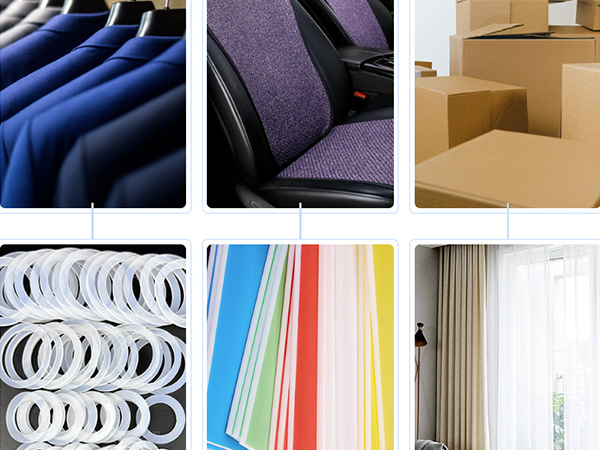
Conclusion
The oscillating knife cutting machine is widely used in the field of flexible material processing. It performs well when cutting cloth, leather, foam board, PVC, corrugated paper, sealing gaskets and many other materials. It is widely used in clothing, shoes and hats, dolls, advertising, car decoration, etc. Carpets, sofas, carton packaging and other industries. Whether you should choose a pneumatic oscillating tool or an electric oscillating tool depends on the characteristics of the material you want to process. You can also contact AMOR to get important advice from industry experts.


